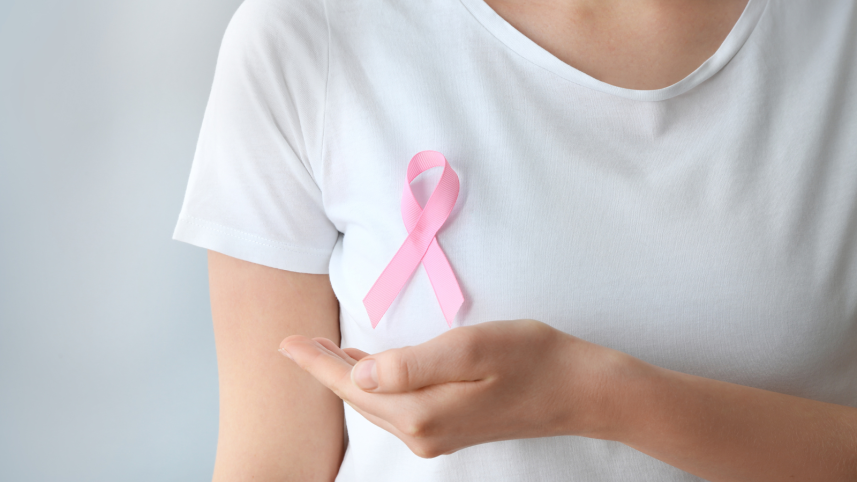Knowing your breasts: How to check, early warning signs, and why it matters

Regular self examination of your breasts or chest can help you become familiar with what is normal for your body—and make it easier to spot changes that might require medical review. Everyone should check their breasts about once a month to notice any unusual signs.
What to look for: Early warning signs
1. Unusual lumps or thickened areas in the breast or underarm
2. Changes in breast shape or size
3. Skin dimpling or puckering, sometimes resembling "orange peel" texture
4. Nipple discharge (not related to breastfeeding)
5. Sudden or persistent breast pain
Other sources echo additional signs: changes in nipple appearance (such as inversion), redness or rash on the breast or nipple, swelling under the armpit, or visible distortions of breast contours.
It is important to remember that many changes are benign—but any new, persistent, or unusual symptom should prompt a clinical evaluation, especially if it does not resolve over time.
Five self examination techniques
1. Mirror inspection — Stand before a mirror with arms at sides, then raised, and observe for changes in shape, symmetry, or skin texture.
2. Manual check in the shower — Use soapy hands to feel the breast, armpit, and collarbone areas with gentle, circular motions.
3. Lay down palpation — Lying on your back, use flattened fingers to explore breast tissue in overlapping circular patterns, covering the full area.
4. Check nipples — Press gently around each nipple to see if any discharge emerges and if the shape or position has changed.
5. Consistent timing — For menstruating individuals, conduct self checks at the same phase of each cycle (often a few days after menstruation ends) to reduce hormone related fluctuations.
Other guidelines supplement this by recommending checks both lying down and standing or sitting, and using varying pressure (light, medium, firm) to assess different breast tissue depths.
How to do a self check
• Look: Stand in front of a mirror with arms relaxed and then raised, inspecting for changes in size, shape, skin texture, or nipple irregularities.
• Feel: Use your fingers to scan all areas of each breast (including up to the collarbone and down to the ribs) and into the armpit, using both light and firmer pressure.
• Check: Gently press on each nipple and the surrounding area, noticing any discharge or alterations in contour.
Why self checks matter
Becoming familiar with your own breast tissue and its usual variations is key. This awareness helps you detect changes early, which can improve the chances of effective treatment if needed.
In addition, many health services adopt a "breast aware" or "five point" code:
• Know what is normal for you
• Know what changes to look for
• Use look and feel
• Report changes promptly
•Attend routine screening per eligible age groups
Self-breast examination is an accessible, no-cost tool to help you monitor your breast health regularly. While it does not replace professional screening or diagnostic tests, it empowers you to notice changes early. If you detect anything new or concerning—such as unusual lumps, skin changes, nipple discharge, or persistent discomfort—seek medical advice promptly. Your early attention could make a meaningful difference.
 For all latest news, follow The Daily Star's Google News channel.
For all latest news, follow The Daily Star's Google News channel.
Comments